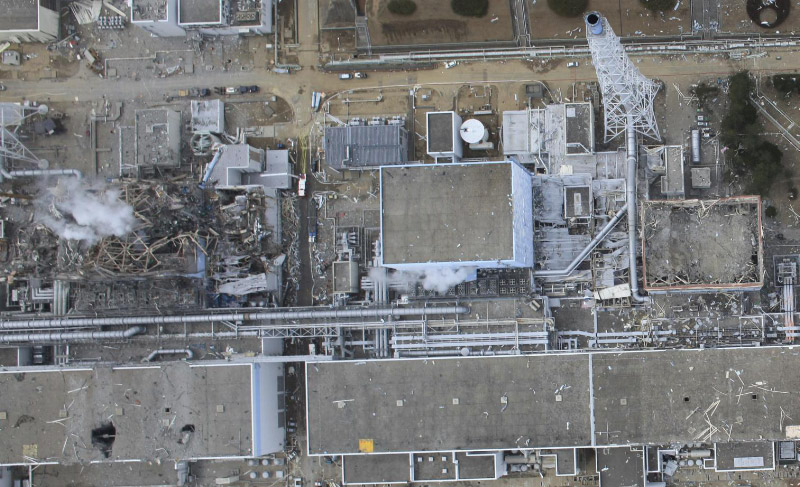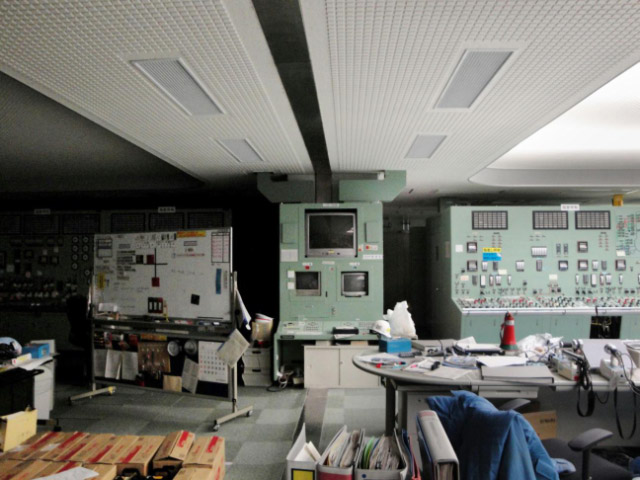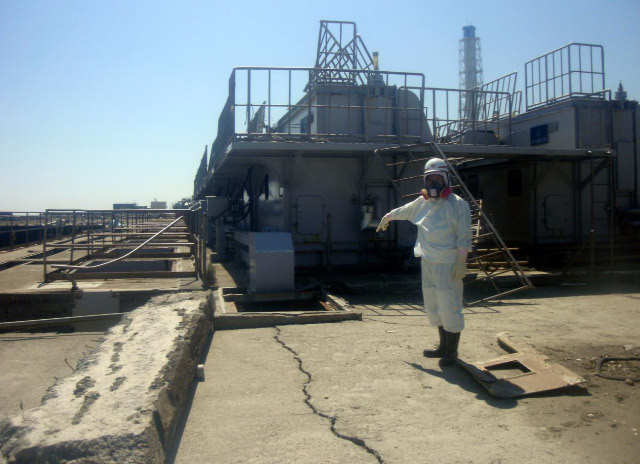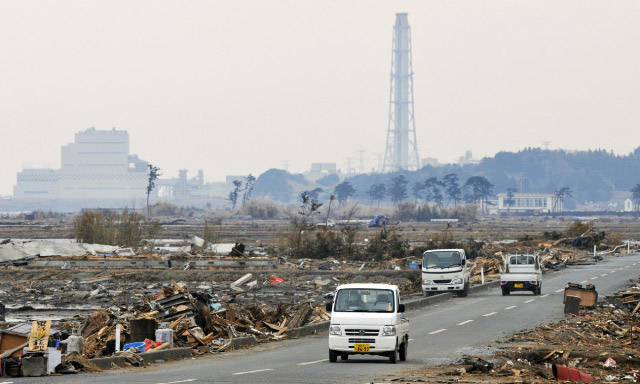|
|
|
Sneak Preview of a New Book Available In a few months |
|
|
||||||||||||||||||||||||||||||||
|
|
|
Wagonteamster |
|||||||||||||||||||||||
 |
|||||||||||||||||||||||
|
WAGONTEAMSTER .COM |
|||||||||||||||||||||||
|
April 5, 2001, Missouri Valley - Today, I stumbled across and incredible collection of pictures that detail much of the disaster that has occurred in the wake of the devastating earthquake and tsunami. The overhead pictures shown in the following link were taken by an unmanned arial vehicle (UAV) that was flown by a private Japanese company. Link There are also two other links at the front of this collection that showís a birdís eye view in and around the Fukushima I reactor facility. Iíve got to warn you, this is probably like nothing youíve seen on the news so far. |
|||||||||||||||||||||||
 |
|||||||||||||||||||||||
|
The two buildings with steam emitting from them are the destroyed unit 3 reactor building on the left and the unit 2 reactor building which did not have a hydrogen explosion. These were taken on March 20, by a UAV, flying overhead. When I look at unit 3, I see steam coming from the reactor containment (right-center) and steam from the spent fuel pool (smaller left hand plume). My guess is the reactor vessel and containment has been breached. Also there is probably melted fuel in the spent fuel pool and the water there is boiling . |
|||||||||||||||||||||||
|
The extensive damage to three of the four reactor buildings was due to hydrogen accumulating in the reactor buildings and reaching the lower explosive limit of 18%. At that time it would detonate with the force of a very large bomb. The hydrogen is formed when a steam blanket, >1700 degrees surround the zirconium alloy cladding of the fuel rods. The zirconium begins to oxidize from the oxygen in the water, releasing the two hydrogen atoms in each water molecule. When enough of it collects and there is an ignition source, it detonates. When you look at some of the close up shots you can clearly see the debris fields left in the buildings. With the debris and a radiation levels that canít support human life, there is no way a human will probably ever enter these buildings. |
|||||||||||||||||||||||
 |
|||||||||||||||||||||||
|
Unit 3 and 4 control rooms on March 22nd. Except for some lights they are virtually dead, with no controls and mostly no active instrumentation. Even if powered, most of the instrumentation, motors and controls in the reactor building would not have survived the tsunami and hydrogen explosions in the reactor building. To put it in a nutshell, operators donít have any real direct measurements or control or primary systems in the reactor building. This leaves an information shortfall on what is happening and only means external to the reactor building to get cooling water to the reactor and spent fuel pools. |
|||||||||||||||||||||||
 |
|||||||||||||||||||||||
|
With at least unit 3ís reactor breached, and the spent fuel pool for unit 4 probably breached, cooling water is flowing out as fast as itís going in. It has to go somewhere. This worker is foolishly standing next to a cable trench that is leaking highly contaminated water into the ocean. Judging by where heís standing, I estimate that it would take him five minutes to exceed his annual legal limit for radiation exposure from the water in the trench (about a 1 Sievert, or 100 Rem per hour radiation field). Contaminated ground water is also leaking into basement levels of Units 5 and 6, threatening them. |
|||||||||||||||||||||||
|
The last picture Iíll put up on this webpage shows the tsunami ravaged area around the plant. A series of 45 foot waves, coming 15 minutes apart can wreck tremendous damage. With everything thatís happening at the nuclear plant, the tenís of thousandís killed and hundreds of thousandís displaced can be overshadowed. |
|||||||||||||||||||||||
 |
|||||||||||||||||||||||
|
Tsunamiís, one of the most devastating forces in nature. |
|||||||||||||||||||||||


